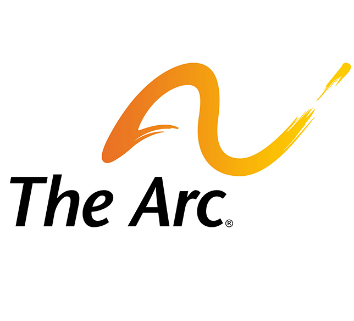School Privatization: What Is Happening and Should We Be Concerned?
By Annie Acosta, Director of Fiscal and Family Support Policy
Social media is abuzz over a bill that would largely wipe out federal support for our current public elementary and secondary education system and replace it with vouchers for private schools or home schooling. This legislation, the Choices in Education Act of 2017 (H.R. 610), has two cosponsors (neither of whom are in the committee of jurisdiction) and has not advanced since its introduction in January.
Disability advocates might better target their energy for the President’s full Fiscal Year 2018 Budget Request expected in mid-May that is expected to include significant privatization efforts. In March, the President released a “skinny’ budget” that included brief plans to create a $250 million school voucher program and a $1 billion Elementary and Secondary Education Act Title I “portability” proposal. Title I currently provides about $15 billion per year to school districts with high numbers or high percentages of children from low-income families. The President’s portability proposal would allow for these public school dollars to follow students to the public schools of their choice, an option that many reasonably fear is a first step toward privatization. The Administration’s March proposal would ramp up portability to $20 billion over time – about a third of existing federal aid for education.
The bulk of this amount would go to “encouraging districts to adopt a system of student-based budgeting and open enrollment that enables Federal, State, and local funding to follow the student to the public school of his or her choice.” Unlike the current system where Districts create school budgets based largely on how much it costs to pay the salaries of school staff and maintain the facility, the proposed funding model would follow each student, no matter where they enroll. This could leave districts to choose among the following private school choice schemes that are already in existence, even if only on a small scale, across states:
• School Vouchers or Scholarships. School district funds are allocated to families in the form a voucher to pay partial or full tuition. Twenty five states have such programs.
• Tax Credit Scholarships – Taxpayers (individuals and businesses) receive full or partial tax credits for donating to nonprofits that provide private school scholarships. Twenty one states provide tax credit scholarships.
• Education Savings Accounts – Parents receive a deposit of public funds into government-authorized savings accounts (often via debit card). The funds can cover private school tuition and fees, online learning programs, tutoring, etc. Five states operate education savings accounts.
• Individual Tax Credits and Deductions – Parents receive income tax relief for approved educational expenses (such as tuition, books, tutoring, and transportation). Nine states provide individual tax credits and deductions for education expenses.
Aside from logistical concerns about how the President’s education plan would work, many education advocates are voicing concerns over draining public schools of students and funding. This may be of particular concern to special education students who typically benefit from economies of scale in public schools by sharing resources such as aides, therapists, and counselors. In addition, for special education students who are interested in taking advantage of the private school options in their state, it is important to note that most states do not require that students participating in these programs retain their full rights under the Individuals with Disabilities Education Act (IDEA). In fact, a number of states explicitly require that families relinquish their IDEA rights. These and other considerations are critical for families of students with disabilities to consider in deciding whether to support and/or take advantage of these programs that have increased significantly in recent years. Click here for a direct download of The Arc’s School Voucher Parent Decision Checklist.








